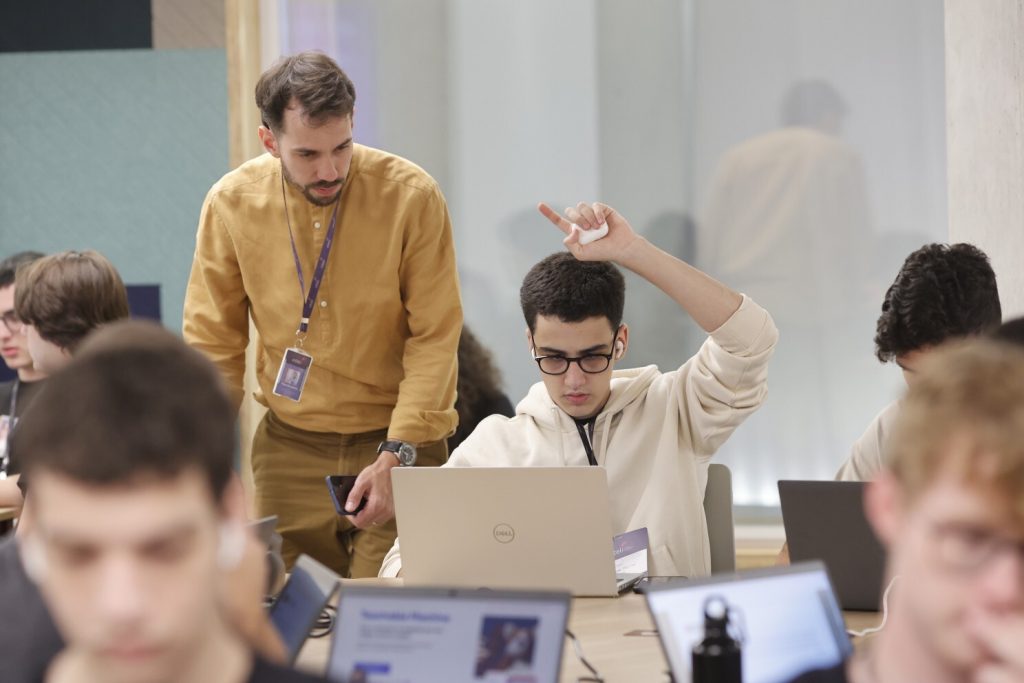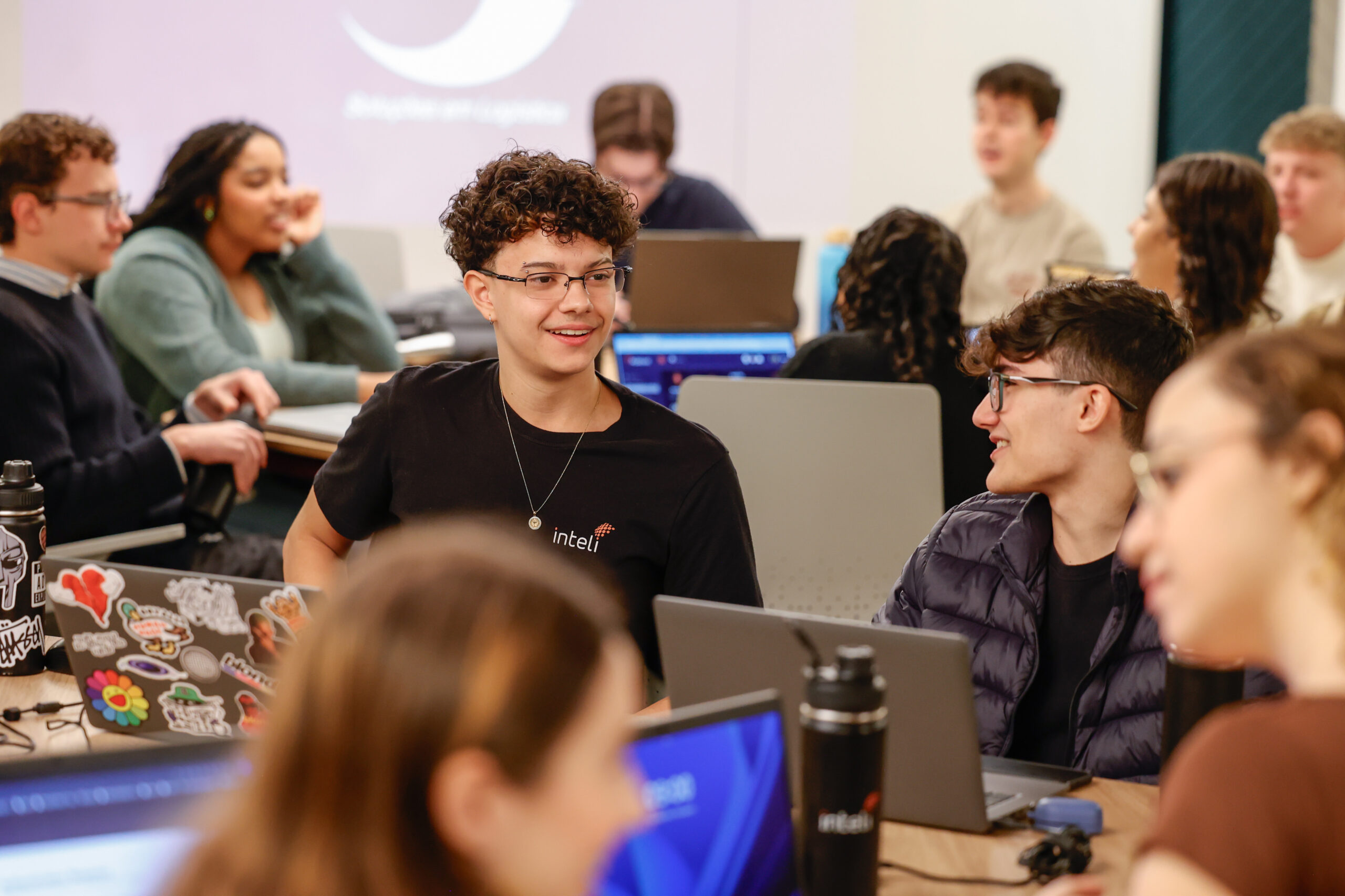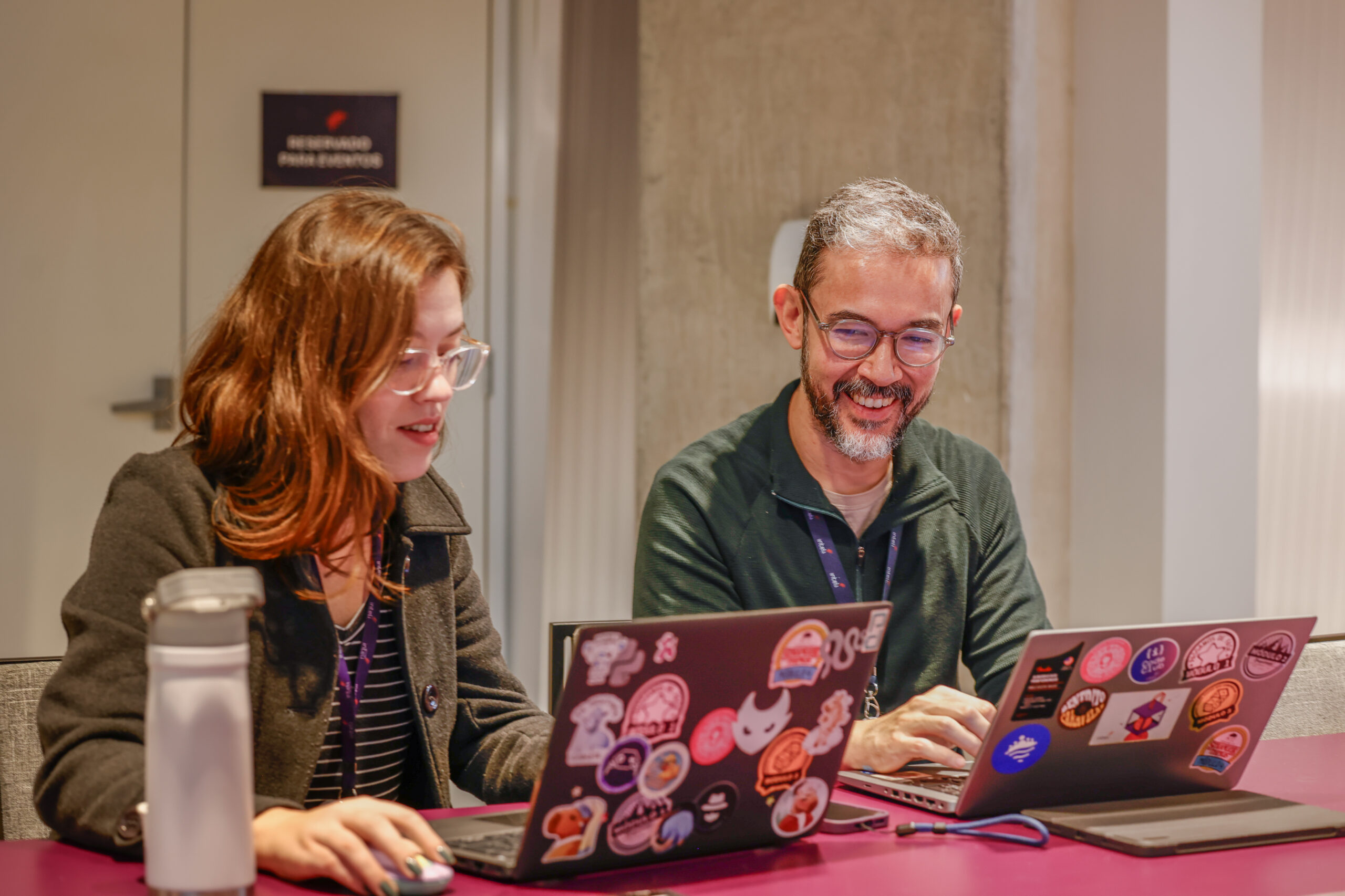Many people ask me how competency-based teaching works in practice here at Inteli. The truth is that this journey has involved a lot of research, many cups of coffee and a lot of good people dreaming up a teaching model committed to stimulating synergy between knowledge, skills, attitudes and values. All combined so that our students could learn the tools needed to solve complex technology problems.
It's worth remembering that we didn't invent the wheel. The concept of competence-based teaching in the teaching-learning process has been around for over sixty years, but it was only in the 1990s that the model began to be promoted.
One of the most important milestones was the report by UNESCO's International Commission on Education for the Twenty-First Century, which in 1996 defined the four guiding pillars of education: 1) Learning to know; 2) Learning to do; 3) Learning to live together; and 4) Learning to be.
Those who opt for competency-based teaching have a great ambition: to develop the ability to apply knowledge in practical contexts, as well as improving and strengthening soft skills. Another great advantage is the personalized approach that promotes more equitable teaching, rather than following a standardized curriculum that ignores the different ways of learning.
The journey to the Inteli
It all started with mapping the competencies and skills expected of graduates from each of our courses in the Ministry of Education's (MEC) Curriculum Guidelines. Then it was a big puzzle to link each of the competencies and skills to the specific content required. The aim was to transform this process into truly meaningful learning experiences.
For example, in the DCN document for Computing courses, one of the skills expected of a recent graduate is to "identify problems that have an algorithmic solution". In a university with a traditional curriculum of subjects, students study theories, take tests and do exercises, and at the end they are expected to develop the skill and apply it in the job market.

We know that this method may not be very effective, especially in computer science courses. As learning takes place in a compartmentalized way, concepts end up not being connected to practice. Things only start to make sense when the young person is already in the job market, which creates a huge gap between what companies expect from a professional and what universities are training.
To change this story, we chose the project-based learning (PBL) methodology and decided to integrate computing, business and leadership skills into the curriculum.
This is because, when developing a project in Computing, our students need to understand the business context, work in teams, negotiate, manage conflicts and deliver for their partners. This integrated approach is fundamental, because in the job market the challenges are not fragmented. Everything happens simultaneously.
Yes, it's a lot of work!
Integrating competencies is not a simple thing to implement. It requires a joint effort from the entire academic team. At Inteli, this integration is already part of our DNA. From the moment a new teacher arrives, they are instructed in the importance of this approach. In practice, this requires more work, but we are committed to offering a differentiated education to our students.

By integrating computing, leadership and business skills, we ensure that our students not only master the latest technologies, but also develop communication, problem-solving, teamwork, negotiation and conflict management skills. All this within a practical context of real projects, where students have the opportunity to apply their knowledge in a meaningful way.
Our goal is to train complete professionals, capable of facing the challenges of the 21st century with creativity, innovation and resilience. We are proud to be part of this journey of transformation and hope to continue inspiring and empowering the leaders of tomorrow.




